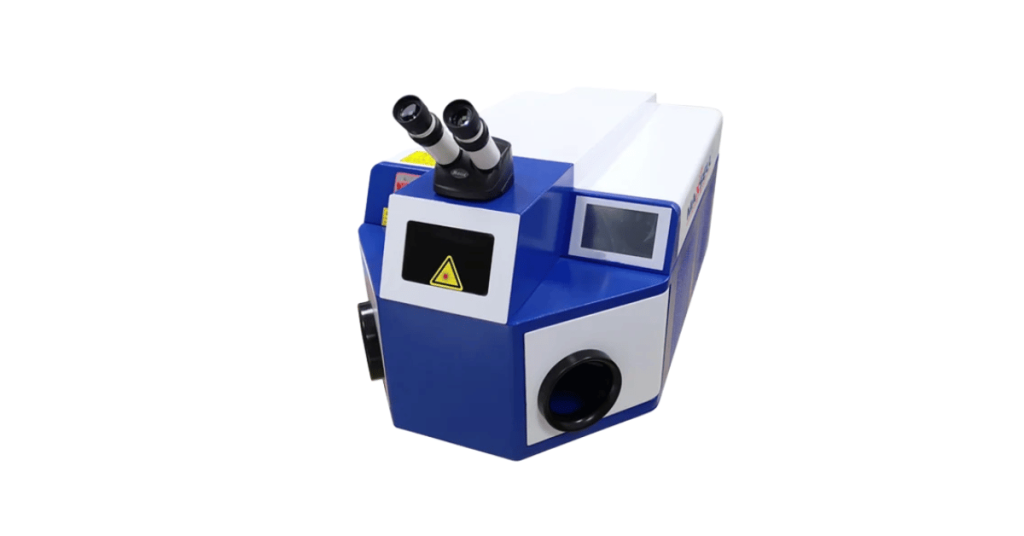Laser welding has become a favourite among manufacturers looking for speed, precision and clean welds. It’s used extensively in industries such as electronics, medical devices, vehicles and even space research. Whether you’re working out of a high-level lab or a small workshop, the versatility and control that desktop laser welding machines offer make it a smart investment.
How Laser Welding Actually Works?
Consider using a very narrow beam of light to weld materials together. That’s the definition of laser welding in a nutshell.
This procedure begins once the laser beam makes contact with the material surface. The energy is suitably absorbed, the material heats, becomes molten and forms a tiny molten pool. The metal solidifies as it proceeds along the surface, resulting in a strong, precise weld.
There exist two major types of laser welding processes:
- Keyhole welding: Best for deep, solid welds. The laser creates a tight hole (a keyhole), deep in the material. It’s ideal for demanding projects that require robust joints.
- Conduction welding: A less severe process used for thinner stock. The heat stays near the surface, less warping and neater finishes.
With the tight, focused beam, the heat remains exactly where it belongs. That means:
- Less warping
- Reduced heat-affected zones
- More control of the final result
Why Go for a Desktop Laser Welding Machine?
If you need a space-efficient yet powerful solution, a desktop laser welding machine is ideal. The machines are easily fitted at the workbench level but provide the same accuracy and output as larger machines.
That’s why they’re a great option:
- Ideal for fine metalwork uses in jewellery, dental parts, R&D applications, and prototypes
- Clean, deep welds without splatter or mess
- Works with materials like gold, silver, copper and stainless steel
- Easy to use, even for inexperienced players
- Continued use without overheating
Advantages Compared to Traditional Welding
Compared to earlier processes like TIG, MIG, or ultrasonic welding, laser welding offers clear advantages:
- Greater accuracy with less collateral damage to the surrounding area
- Faster processing speeds, typically under 100 milliseconds per weld
- Allows for automation, permitting effortless scaling up of manufacturing
- Real-time monitoring to spot issues promptly and increase consistency
Conclusion
Laser welding has transformed the science of high accuracy joining. Whether you’re building tiny electronic parts or rugged mechanical components, it offers unmatched speed and accuracy.
And it’s feasible for even tiny workshops to attain industry standards, without the size and complications, through a desktop laser welding machine. It’s compact, cutting-edge, and up for the challenge of whatever you put it to.

